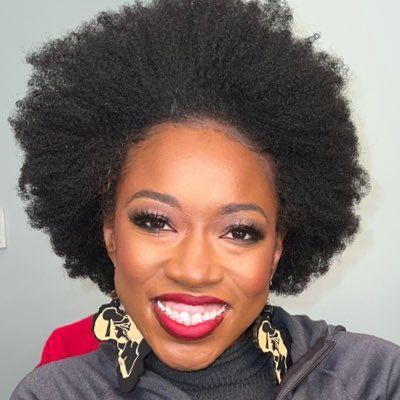20,503 reads
Algorithms aren’t racist. Your skin is just too dark.
by
May 29th, 2017
Audio Presented by

Founder of Algorithmic Justice League. Warrior Artist, Computer Scientist, PhD @MIT.
About Author
Founder of Algorithmic Justice League. Warrior Artist, Computer Scientist, PhD @MIT.